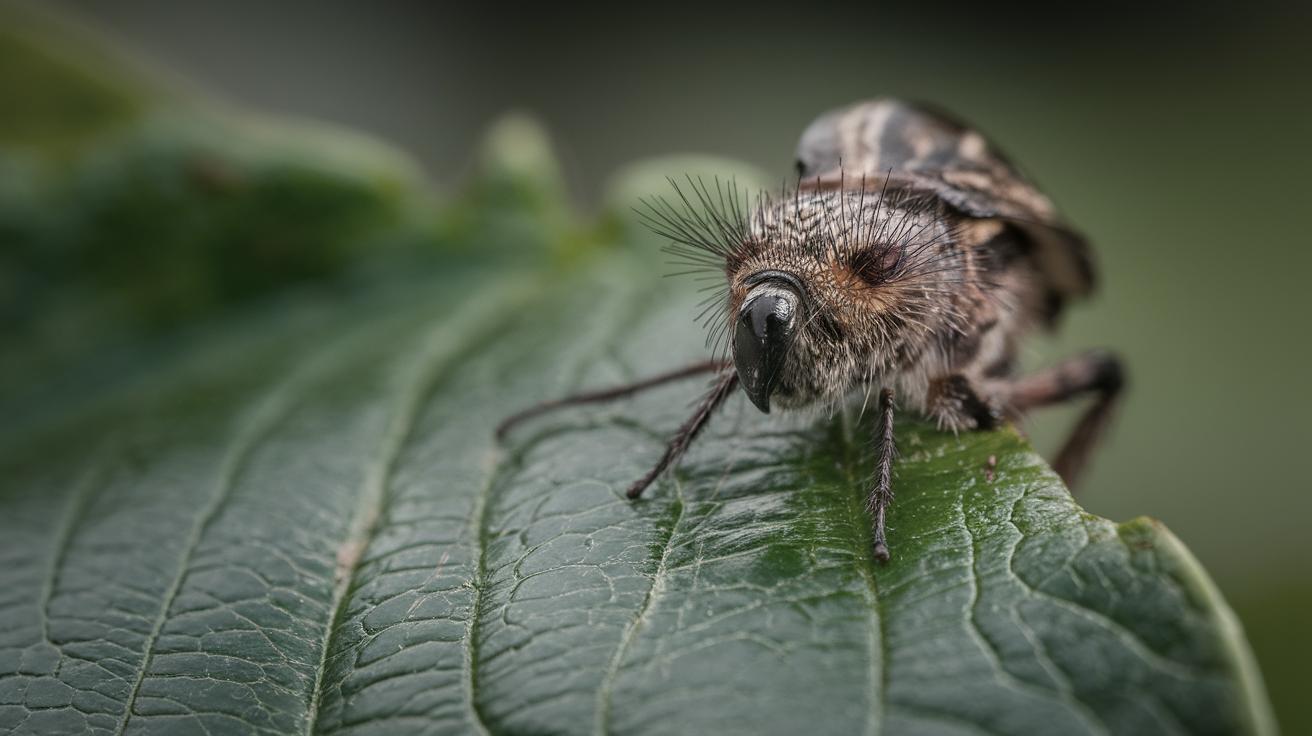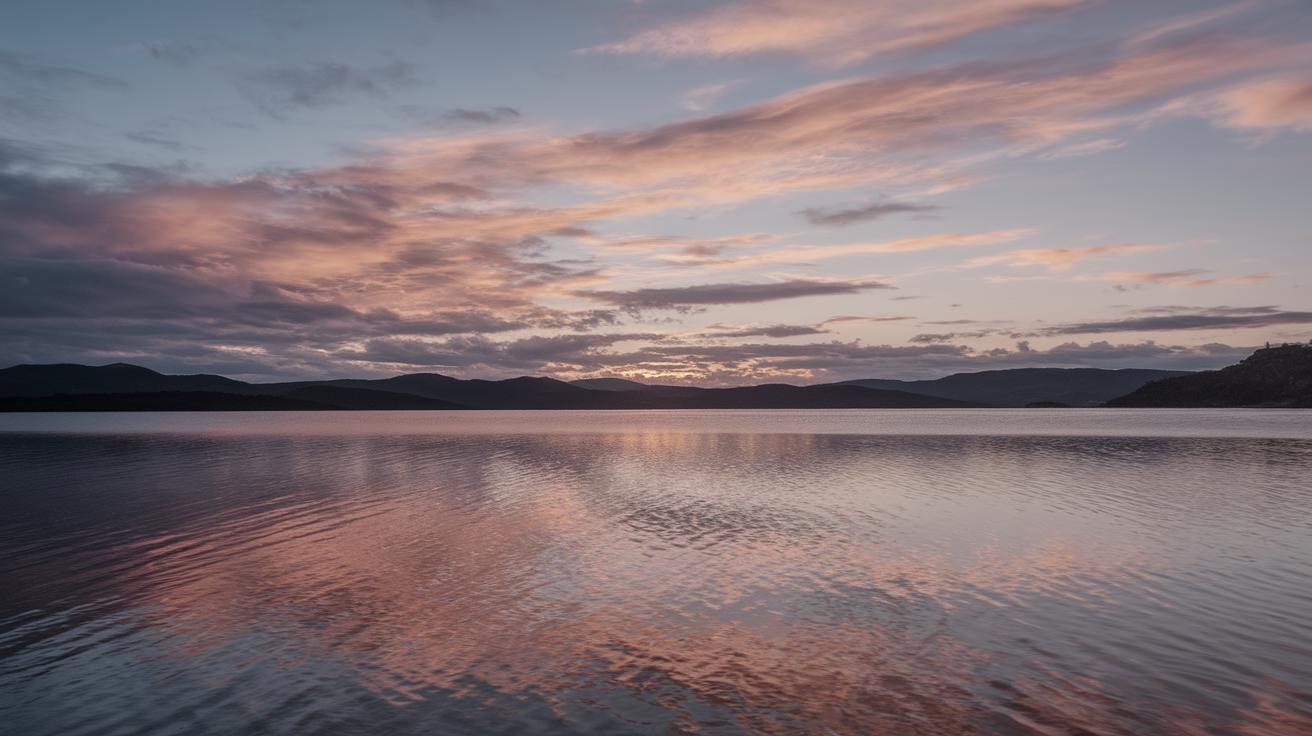The Fundamentals of Macro Photography
Macro photography opens up a world of microscopic wonders, capturing details that are often invisible to the naked eye. Whether you’re photographing the intricate patterns of a butterfly’s wings or the subtle textures of a flower petal, macro photography transforms ordinary objects into extraordinary art. This blog post explores the fundamentals of macro photography, providing a comprehensive guide for both novices and seasoned photographers. We’ll delve into key concepts such as magnification, working distance, and the best camera options available, whether you prefer DSLRs or mirrorless models. By examining the differences between full-frame and crop-sensor cameras, and offering expert recommendations on Canon versus Nikon for macro photography, this guide is the perfect starting point for anyone eager to master the art of close-up photography.
What Is Macro Photography?
Macro photography is the practice of taking close-up pictures of small objects to capture details that are not visible under normal circumstances. This genre of photography often emphasizes magnification ratios of 1:1 or larger, meaning the subject is captured at full size or greater compared to its actual size on the camera sensor. It’s a technique that transforms the minute into the magnificent, unraveling the hidden intricacies of the natural world.
The applications of macro photography are diverse, spanning nature, science, and even portraiture. It is particularly popular among nature photographers who revel in documenting the often unseen beauty of insects, flowers, and textures. This style of photography requires specialized equipment, including macro lenses that can faithfully reproduce small subjects with exquisite detail and sharpness.
Introducing Macro Photography for Beginners
If you’re new to macro photography, the initial investment in equipment and technique might seem daunting, but the rewards are substantial. Beginners should start with understanding the basic equipment needed, such as the essential macro lens, and exploring their camera’s macro settings. This grasp of foundational tools will make the leap into detailed, close-up photography less intimidating.
Lighting is also crucial in macro photography, as the proximity of the subject often results in less ambient light reaching the camera’s sensor. Beginners should experiment with different lighting setups, including natural light, ring lights, and off-camera flashes, to find what best illuminates their subjects without causing unwanted shadows or reflections.
What Is Magnification?
Magnification is a critical concept in macro photography, referring to the size of the subject on the camera’s sensor compared to its actual size. A 1:1 ratio means the subject appears life-size; it occupies the same space on the sensor as it does in reality. This level of magnification requires specific lenses known as macro lenses, which allow photographers to focus closely enough to fill the frame with their subject.
Achieving high magnification involves both the use of macro lenses and understanding the properties of different focal lengths. The choice of lens often dictates the magnification and the nuances of handling depth of field, which becomes significantly reduced at close focusing distances. As one delves deeper into macro photography, mastering magnification becomes an essential tactic for capturing exquisite details with precision.
What Is Working Distance?
Working distance refers to the space between the front of the lens and the subject being photographed. This is an important parameter as it affects how close you can get to your subject without disturbing it. A greater working distance allows for more flexibility, particularly when photographing live subjects like insects.
The choice of working distance often influences the selection of a macro lens. For instance, a longer focal length lens might offer a greater working distance, making it easier to light your subject and avoid casting shadows. Understanding the impact of working distance on composition and lighting can significantly enhance one’s macro photography skills.
Best Cameras for Macro Photography: DSLR vs Mirrorless
The choice between DSLR and mirrorless cameras for macro photography often depends on personal preference and shooting style. DSLRs, with their optical viewfinders and larger body designs, are renowned for their durability and battery life. However, the mirrorless cameras offer electronic viewfinders and typically lighter bodies, which many find preferable for the different angles and positions often required in macro photography.
Mirrorless cameras, particularly those with in-body image stabilization (IBIS), offer a distinct advantage for handheld macro shots, reducing the impact of camera shake. Ultimately, whether you choose DSLR or mirrorless will depend on other factors like lens availability and ergonomic fits, as both systems offer excellent macro photography capabilities.
Best Cameras for Macro: Full-Frame vs Crop-Sensor
When choosing between full-frame and crop-sensor cameras for macro photography, the decision often boils down to light sensitivity, depth of field, and field of view. Full-frame sensors generally provide better low-light performance and a shallower depth of field, which can be advantageous for isolating subjects.
However, crop-sensor cameras offer a ‘multiplication factor’ on focal lengths, effectively increasing the reach of lenses, which can be beneficial in achieving greater magnification without the need for extensive cropping in post-production. This trait makes crop-sensor cameras an attractive choice for macro photographers looking to maximize reach with their existing lenses.
Best DSLR for Macro: Canon vs Nikon
Both Canon and Nikon offer robust DSLR options that excel in macro photography, each with its own strengths. Canon’s macro lenses such as the EF 100mm f/2.8L Macro IS USM are renowned for their close-up sharpness and image stabilization, which are crucial for handheld macro photography.
Nikon, on the other hand, offers the exceptional NIKKOR 105mm f/2.8G IF-ED lens, which is highly praised for its sharpness and bokeh. Both brands provide systems with excellent lens compatibility, image quality, and sophisticated autofocus systems, allowing photographers to select based on brand loyalty or specific lens needs for macro work.
Related Articles
-
Top Tips for Successful Close-Up Photography
-
Understanding Depth of Field in Macro Photography
-
Choosing the Right Lighting for Macro Shots
-
How to Post-Process Macro Photos for Maximum Impact
Future Prospects
| Key Concept | Summary |
|---|---|
| Macro Photography | Captures small subjects in larger-than-life detail using specific techniques and equipment. |
| Magnification | The ratio determining subject size on the sensor; critical for capturing intricate details. |
| Working Distance | The space between the lens and subject, crucial for lighting and composition in macro shots. |
| Camera Type (DSLR vs Mirrorless) | Both types offer unique advantages, such as durability in DSLRs and stabilization in mirrorless models. |
| Sensor Type (Full-Frame vs Crop-Sensor) | Affects light sensitivity, depth of field, and effective focal length for macro photography. |
| Brand Choice (Canon vs Nikon) | Both brands offer excellent lenses and cameras; choice often comes down to specific lens needs and brand preference. |


